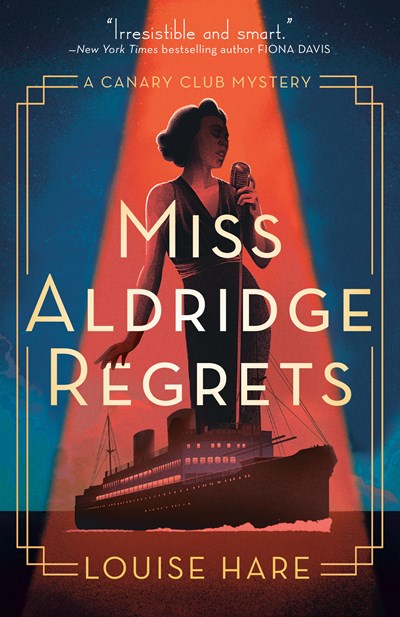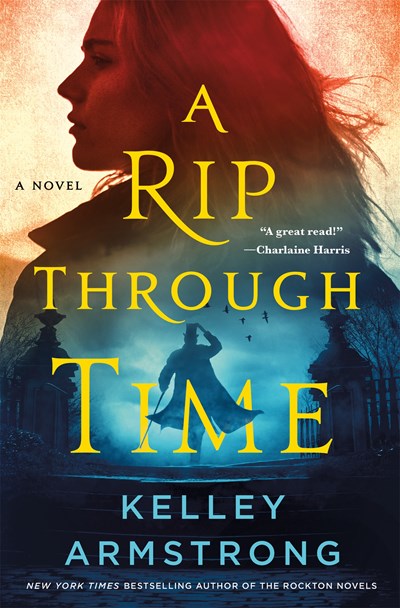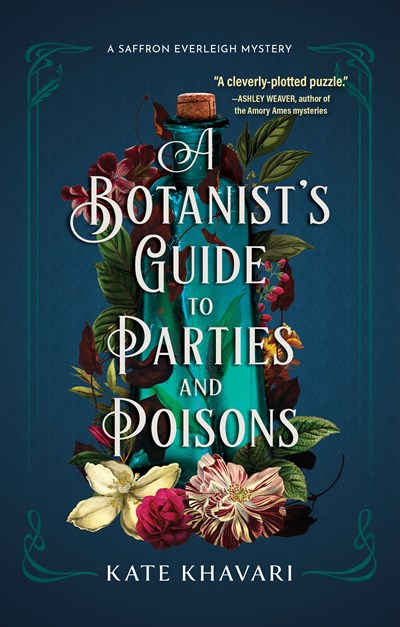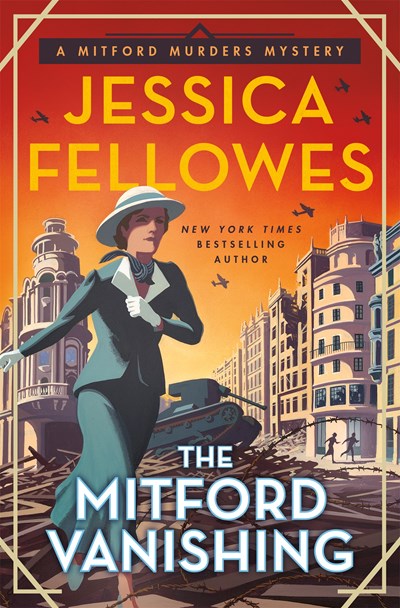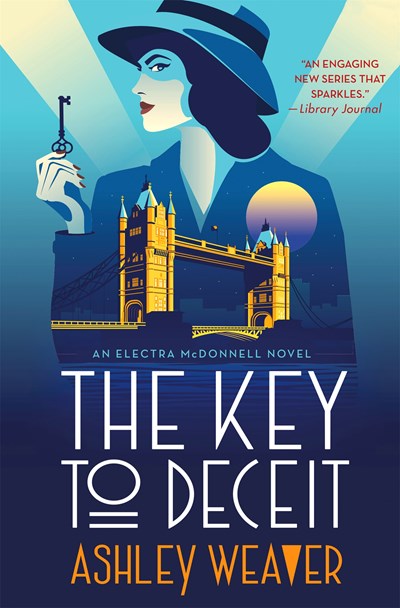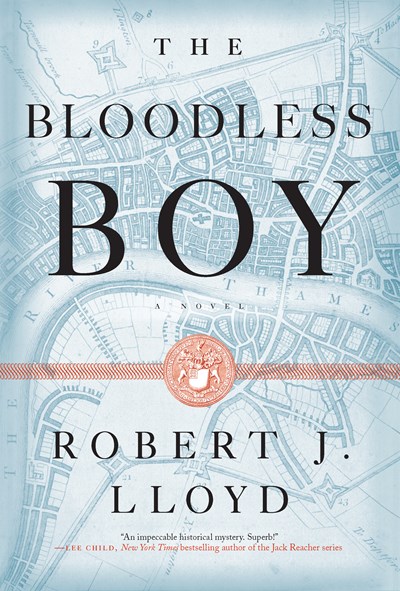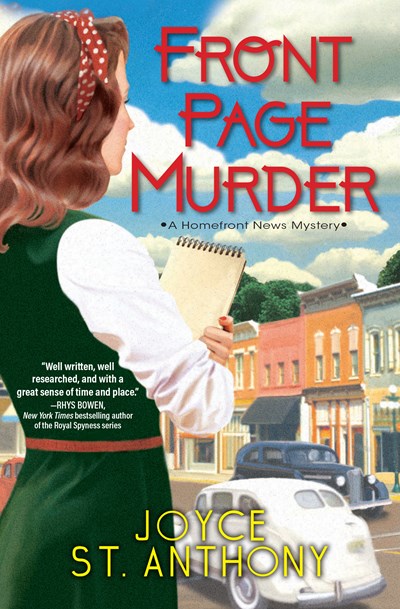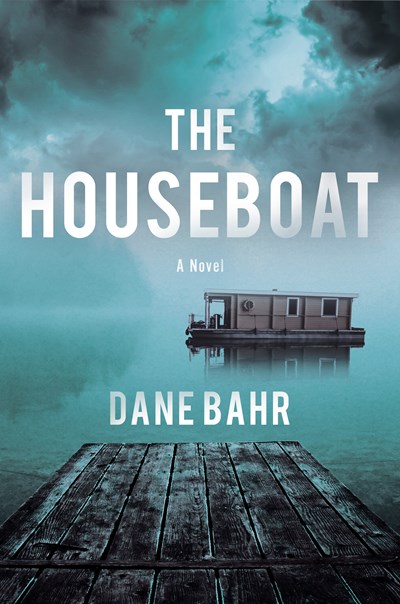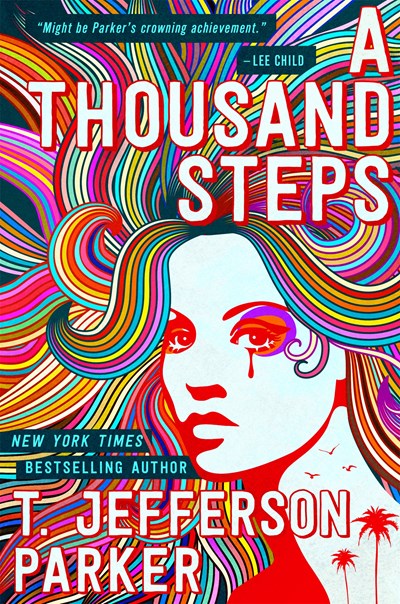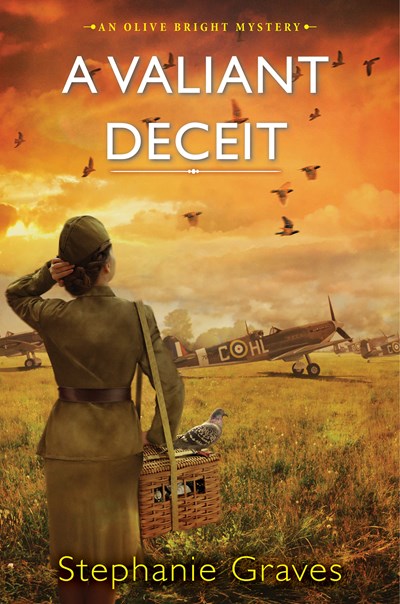We’re in 1936 London and Lena Aldridge has had her share of troubles. Alfie, her beloved father and only parent, has recently died. Alfie was a gifted musician, and Lena has followed in his footsteps, eking out a living as a nightclub singer. Until a gig in a worn down Soho nightclub, when her best friend’s husband, also the club owner, is poisoned and dies right in front of her. Time to get out of town! Fortuitously, Lena has been approached by a stranger, who claims to represent an old friend of Alfie’s, with a remarkable offer: come to New York and headline in a Broadway musical. With nothing to lose, days later Lena’s traveling first class on the Queen Mary. But she hasn’t left all her troubles behind. As a mixed-race woman (Alfie was African American, unknown Mom was white) who passes as white, Lena is anxious about her reception in the U.S., and when there’s another murder on the boat that’s all too similar to the nightclub homicide, her anxiety really ramps up. Hare does a wonderful job of depicting the era, including the big themes—like the rise of Nazism and the pervasiveness of institutionalized racism—as well as the small details, like Lena’s wardrobe. And in Lena, she has created a compelling and empathetic hero whom I would love to follow as she disembarks in NYC. Readers of female-led, historical mysteries from Rhys Bowen, Victoria Thompson, and Mariah Fredericks will be pleased to meet Lena Aldridge.
Historical
In too many historical mysteries and science fiction novels, other times and places are strangely devoid of anyone who’s not straight and white. Not so the science-fiction-tinged Victorian era envisaged by prolific author Armstrong (A Stitch in Time series). The book opens in 2019, with Vancouver, BC detective Mallory Atkinson visiting Scotland to tend to her dying grandmother. Hearing a woman cry out for help in an alley, she intervenes in what turns out to be an apparition of an attack, only to enter the vision and wake up in 1869 as a teenage housemaid. She lands in the Edinburgh home of undertaker Dr. Duncan Gray, who’s using his trade to become an early forensic scientist. Gray and his widowed sister, Isla, are somewhat cut off from society, Gray because he was born from an affair his father had with a woman whom the family believed to be Indian—it was all kept hush-hush—and his sister because she’s a Victorian woman of means, expected to stay home. Readers will enjoy watching Mallory as she struggles to fit in and help Gray find the man—a serial killer, though that term is unknown—who’s posing bodies in sensational ways around the city. For those who enjoy Julie McElwain’s Kendra Donovan series, in which an FBI agent time travels to 1816 London.
University College London, just after the Great War, is where bright young Saffron Everleigh pursues her botany studies and, as an assistant researcher, is the only female employee in her department. While Saffron’s beyond enthusiastic about her field and a gifted botanist, she endures sexist put-downs and even a lewd attack by a professor who has retired in place and lives on pipe smoke and sexual harassment. The botany department’s men are gearing up for a research expedition to the Amazon (the gentlemen never mention seeking input from any Brazilians as to local flora, adding to the musty flavor of the academic setting). Before they leave, disaster strikes: a professor’s wife collapses at a department party, perhaps a victim of poisoning. This series debut, also the author’s first foray into historical fiction, sees Saffron and her love interest, Alexander Ashton, sleuthing their way through department politics, botanical facts, and the sadder aspects of human nature as they figure out whodunit and learn more about their field along the way. Readers will learn more too, but unobtrusively while they cheer for Saffron and Alexander to for God’s sake have that kiss. Especially recommended for fans of Sujata Massey’s Perveen Mistry series, which stars another pioneer, the only female lawyer in 1920s Bombay.
The Mitford sisters, six eccentric socialites and political renegades in the interwar years in England, encountered a frightful number of murders in their day, at least as told in Fellowes’s glamorous historical series, now in its fifth installment. This time, Decca, second-youngest daughter of patriarchal Lord Redesdale and his long-suffering wife, Sydney Bowles, is missing. The family suspects that the 18-year-old has run off with her second cousin, Churchill’s nephew Esmond Romilly, to marry him and fight on the side of the anti-facists in the Spanish Civil War (which Decca and Esmond did in real life). Enter the Mitfords’ former maid Louisa and her husband, Guy, proprietors of the Cannon & Sullivan detective agency. Hired to look for Decca, Louisa nervously embraces the fledgling rights of women in 1937, using her maiden name for work and leaving the couple’s baby with sitters. Indeed, she’s far more advanced than the Mitford “girls,” whose blithely colonial ways color their every move. Fellowes’s at times very sad, often funny story stands out for its unusual, Spanish Civil War backdrop; it also offers pleasingly scathing treatment of Nazi sympathizers, exciting chases from England to Spain and back (repeatedly!), and an extraordinarily tense closing scene. While this works as a standalone, go back to the earlier books for a treat.
Á la Anna Lee Huber’s Verity Kent and Stephanie Graves’ Olive Bright, Electra (Ellie) McDonnell has taken on a “man’s job” while much of the male workforce is away fighting World War II. Ellie is a heroine with a difference, though: she’s a former thief, from a London family that has called its safe-cracking ways to a halt. They’re now working as locksmiths and, in Ellie’s case, using those skills to aid the war effort. Ellie’s government handler, posh Major Ramsey, comes calling again in this second in the series (after A Peculiar Combination, 2021) when a young woman is found dead wearing an unusual, locked bracelet. Locksmithing again comes into play when a key turns up as part of the case, but it soon takes a back seat to Ellie’s other skills. This memorable, tough sleuth continues her investigation into the young woman’s death and her own mother’s long-ago imprisonment as the Blitz starts and a cousin at the warfront hasn’t been heard from. Happily, romance enters the picture, with Ellie pursued by both the major and a more down-to-earth family friend, Felix Lacey. The mysteries, danger, and emotional hills and valleys that are life in wartime will keep readers rapt here and wanting more from this almost-honest woman and her loving, protective circle.
“Life owns a way of disappointing most,” notes a character in Lloyd’s meticulously written and researched debut, in which murder is hot on the heels of the disappointments. One of the killings is the goriest I’ve ever read: brace yourself for a man having his Adam’s apple bitten out, with the gruesome fruit spat out to roll across the floor. And that’s only a minor character, one of those enmeshed in the politics swirling through London’s grimy, cold winter of 1678, when paranoia about Catholic plots to kill the King and turn the populace toward popery abounds. A light in the gloom is real-life polymath Robert Hooke, who leaves his elaboratory experiments to investigate the murder of the book’s titular boy. The child is found with his blood entirely removed, dates written beside various wounds on his body, and a coded message left on his chest. Once Hooke’s newly invented means of creating a vacuum in a jar is employed to preserve the body, the sleuthing is afoot. London of the day is almost its own character here, with Lloyd shoving readers into the chill, stink, and fear for a wonderfully atmospheric time. Try this if you enjoyed Cathedral of the Sea by Ildefonso Falcones, which illuminates the same era, but in Barcelona
Yes, another cover featuring a woman in a period outfit with her back turned towards us—except this time the book is a rollicking good mystery. It’s World War II, the U.S. has just entered the war, and Irene Ingram’s fiancé and father have both enlisted, leaving Irene to step into her father’s shoes as editor-in-chief of the Progress Herald, the local paper. Young—she’s in her early twenties—and female, Irene has to continually prove herself, whether it’s to her mother who doesn’t believe women belong in the workforce or to the newspaper staff who bridle under a woman’s leadership. When her star reporter, Moe Bauer, is discovered dead at the bottom of a flight of stairs, Irene has more pressing matters to attend to than the grousing among her staff, all the more so when she figures out that Moe was likely murdered. Then Sam Markowicz, owner of the local hardware store, becomes the victim of anti-Semitic harassment, and another man, also Jewish, is attacked in a local factory. Irene puts aside features about victory gardens and the like and dives into a criminal investigation. The setting—small time life during World War II—is a brilliant choice, and the language and references are pitch perfect. Fans of Jacqueline Winspear’s Maisie Dobbs, Rhys Bowen’s Molly Murphy, and Mariah Frederick’s Jane Prescott will enjoy meeting Irene Ingram.
A lyrical, moody crime novel—there’s no mystery and just a smidgen of suspense—set in small-town Oscar, Iowa in 1960, a town “as plain as a white wall.” When a young couple, spending the night on the banks of the Mississippi River, are attacked—and the young man is murdered—local sheriff Amos Fielding knows he needs help, so he calls for regional backup. He’s rewarded with Edward Ness from Minnesota, a stylish detective who hasn’t put down the bottle since his wife and young son were murdered seven years earlier. We follow Ness as he discovers and flirts his way through Oscar. But soon enough the narrative turns to Rigby Sellers, a terrifying, angry recluse—with coke-bottle glasses and a “jutting brow and a bent nose, a patchy beard and an incomplete set of long jaundiced teeth”—who lives on a decrepit houseboat moored on the river. Still not convinced of Sellers’s creepiness? His lovers are mannequins that he dresses and paints for their date nights. Days go by without a confirmed suspect but with plenty of rain, and a long-standing drought gives way to a swollen Mississippi that rips through the town, upending it. When more bodies are found, the townspeople are, literally, up in arms, and Sellers is directly in their cross-hairs. Hard to put down and even harder to forget, The Houseboat is a poignant rendering of a place and time.
Matt Anthony, a high-schooler in 1960s San Francisco, has the weight of the world on his skinny shoulders. His conservative father abandoned the family and writes only to rail about the “queers and communists” who have taken over the city. Matt supports his family with a punishing paper route while living off fish he catches and foraging restaurant leftovers, all because his mother claims to have a curiously long-lasting flu but is actually using their grocery and rent money on drugs. Worst of all, right after Matt sees a teen girl’s body washed up on the beach, his sister Jasmine goes missing. Matt’s mother doesn’t take Jasmine’s disappearance seriously for days and the police are little help, leaving Matt to investigate the seedy human infrastructure of the city’s drug scene, which wears a veneer of peace and love but underneath is cut-throat capitalist. Matt’s story is akin to an ancient epic that sees the hero tested and battered (his lengthy skirmish with a giant fish—two week’s worth of food for a hungry boy—is terrifying). But ultimately he triumphs as he fights for what’s right. The prolific Parker has 27 other novels to back this up, most recently Then She Vanished (2020); readers who like a modern epic should turn to Michael Hughes’s Country, a version of The Iliad set in present-day Northern Ireland.
There’s no shortage of WWII novels, but this second in a duology is happily in the less-crowded subgenre of the women behind the scenes. It stars Olive Bright, a kind, loyal, and sometimes-brash young woman who keeps even family in the dark about her work. Pre-war, she inherited her father’s loft of racing pigeons, and now lends them to the war effort as carriers. They’re brought from England to mainland Europe by government agents, then fly home bearing maps and letters that Olive and her gruff supervisor, the dashingly named Jameson Aldridge, hope will help beat the Nazis. Olive’s avian work isn’t the only deceit here; as cover for her job at the Bletchley Park-like Brickendonbury Manor, she and Jamie pretend to be in a relationship, but she hopes for more between them (as will readers). The mystery here concerns a body found in nearby woods, but the worldbuilding, characters, and details of espionage-assisting pigeons make the tale. Graves’s afterword discusses the real Operation Columba, which saw the allies drop thousands of pigeons from Denmark to France from 1941 to ‘44. Readers can go back to the first book in the series, Olive Bright, Pigeoneer; also try Kate Quinn’s The Rose Code, which features women codebreakers at Bletchley Park

